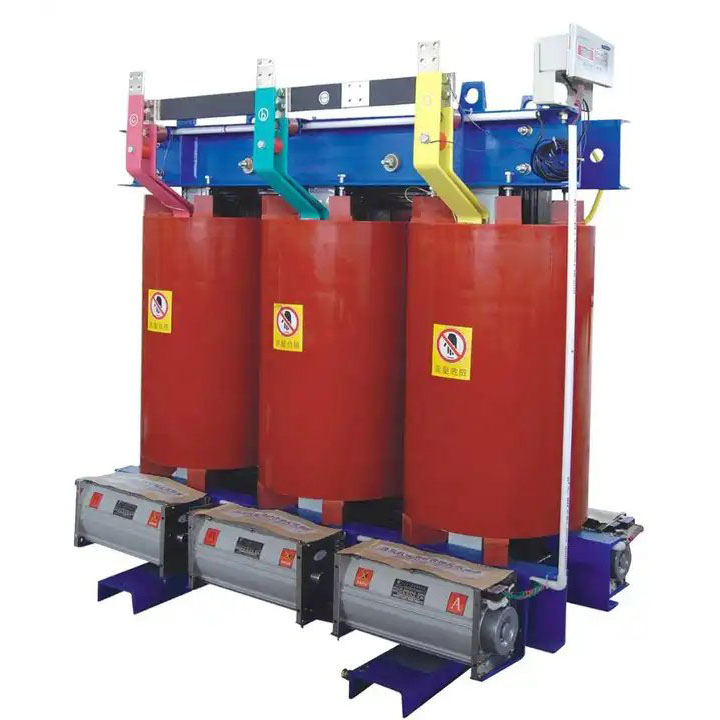
- English
- Español
- Português
- русский
- Français
- 日本語
- Deutsch
- tiếng Việt
- Italiano
- Nederlands
- ภาษาไทย
- Polski
- 한국어
- Svenska
- magyar
- Malay
- বাংলা ভাষার
- Dansk
- Suomi
- हिन्दी
- Pilipino
- Türkçe
- Gaeilge
- العربية
- Indonesia
- Norsk
- تمل
- český
- ελληνικά
- український
- Javanese
- فارسی
- தமிழ்
- తెలుగు
- नेपाली
- Burmese
- български
- ລາວ
- Latine
- Қазақша
- Euskal
- Azərbaycan
- Slovenský jazyk
- Македонски
- Lietuvos
- Eesti Keel
- Română
- Slovenski
- मराठी
- Srpski језик
How to Select the Right Transformer for Your Application
2024-06-14
How to Select the Right Transformer for Your Application
Introduction to Selecting the Right Transformer
Choosing the right transformer for your application is crucial to ensure efficiency, reliability, and safety. Selecting the appropriate transformer involves considering several factors, including the specific requirements of your application and the characteristics of different transformer types. This guide will help you understand how to select the right transformer by examining key factors and providing practical tips.


Understanding Application Requirements
The first step in selecting the right transformer is to understand the specific requirements of your application. Determine the voltage and power levels needed for your application. Identify whether you need a step-up or step-down transformer. Consider the environment where the transformer will be installed, as this will influence whether you should choose oil immersed transformers or dry type transformers.
Comparing Oil Immersed and Dry Type Transformers
Oil immersed transformers and dry type transformers each have unique advantages. Oil immersed transformers are known for their high efficiency and excellent cooling properties. These transformers are suitable for outdoor and industrial applications where robust performance is needed. Dry type transformers, on the other hand, are preferred for indoor applications due to their safety and environmental benefits. Dry type transformers do not use oil, making them ideal for locations where fire safety is a priority.
Key Factors in Transformer Selection
Voltage and Power Rating
When selecting the right transformer, ensure the voltage and power rating match your application’s requirements. Overloading a transformer can lead to failures, while underloading can be inefficient.
Cooling Requirements
Consider the cooling requirements of the transformer. Oil immersed transformers use oil for cooling, which provides excellent thermal management. Dry type transformers use air for cooling and are suitable for environments where oil cooling is not feasible.
Environmental Conditions
The installation environment plays a crucial role in transformer selection. Oil immersed transformers are well-suited for harsh outdoor conditions, while dry type transformers are preferred for clean, indoor environments.
Maintenance and Longevity
Transformer maintenance is an essential factor in selecting the right transformer. Oil immersed transformers require regular oil analysis and maintenance checks to ensure optimal performance. Dry type transformers generally require less maintenance, making them a good choice for applications where maintenance access is limited. Understanding the maintenance needs of each transformer type can help you make an informed decision.
Cost Considerations
Cost is another critical factor when selecting the right transformer. While oil immersed transformers may have a lower initial cost, the ongoing maintenance costs can add up over time. Dry type transformers, with their higher initial cost, may offer lower long-term maintenance expenses. Evaluating the total cost of ownership will help you determine the most cost-effective option for your application.
Installation and Space Constraints
Consider the space available for installation when selecting the right transformer. Oil immersed transformers often require more space due to their cooling systems. Dry type transformers are more compact and can be installed in confined spaces, making them suitable for indoor use.
Conclusion
Selecting the right transformer for your application involves considering several factors, including voltage and power rating, cooling requirements, environmental conditions, maintenance needs, cost, and installation space. By thoroughly evaluating these aspects, you can choose the transformer that best meets your specific needs.
For more information on selecting the right transformer and to explore our range of high-quality transformers, visit our product page and discover solutions tailored to your requirements.




